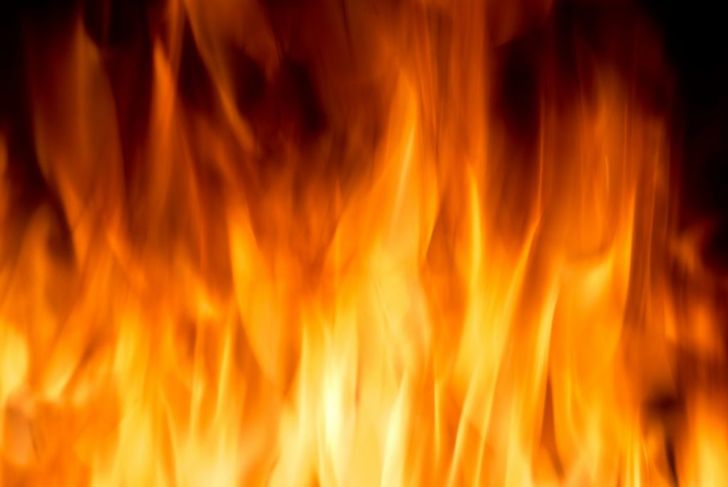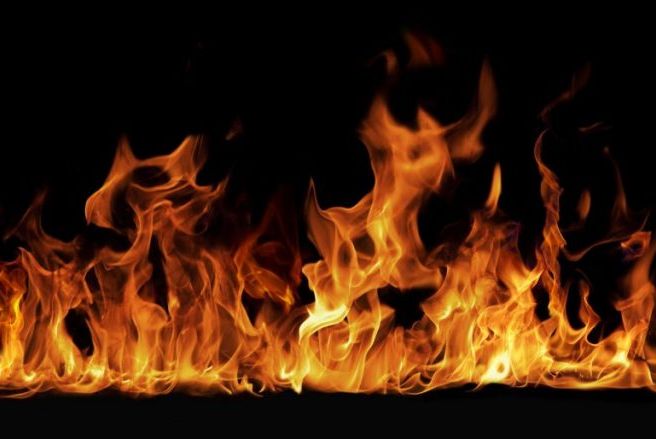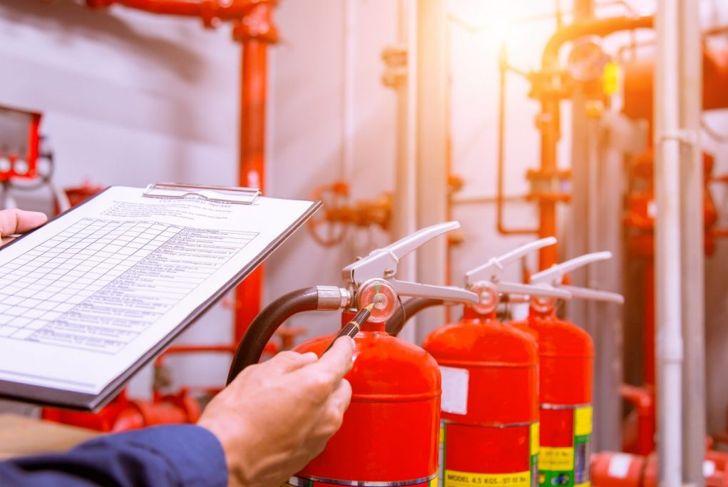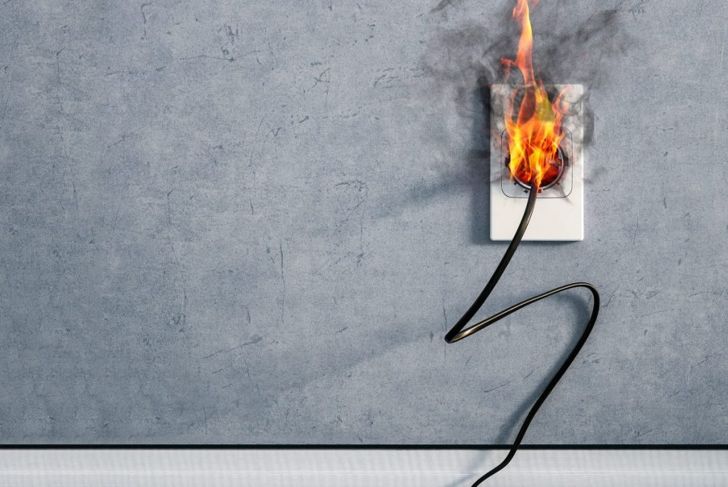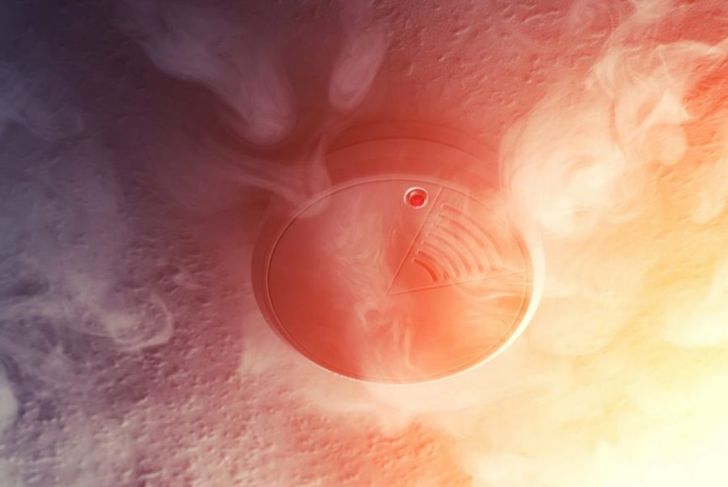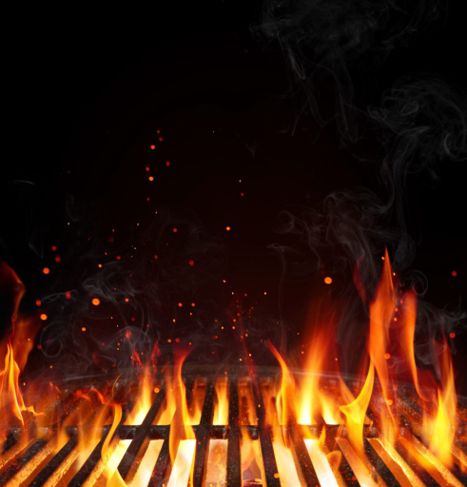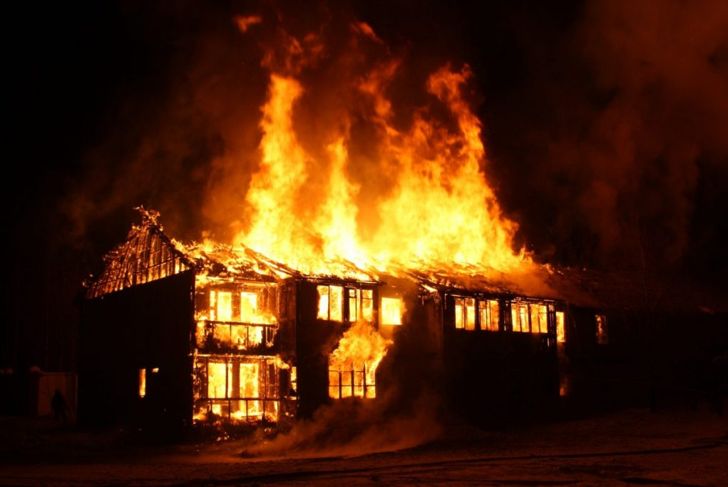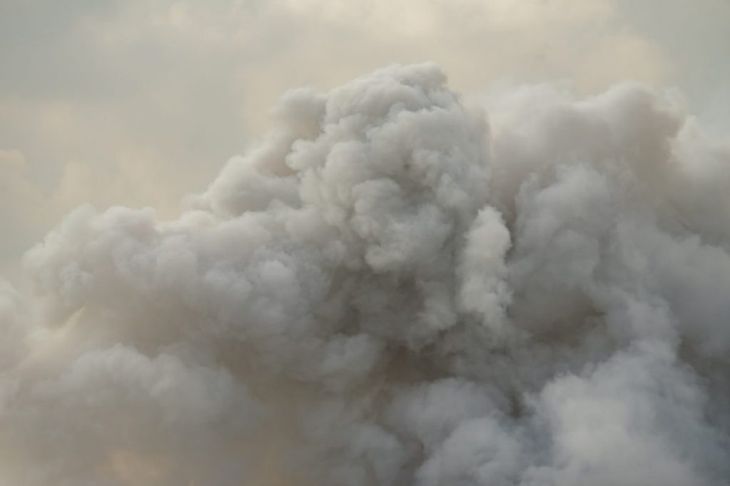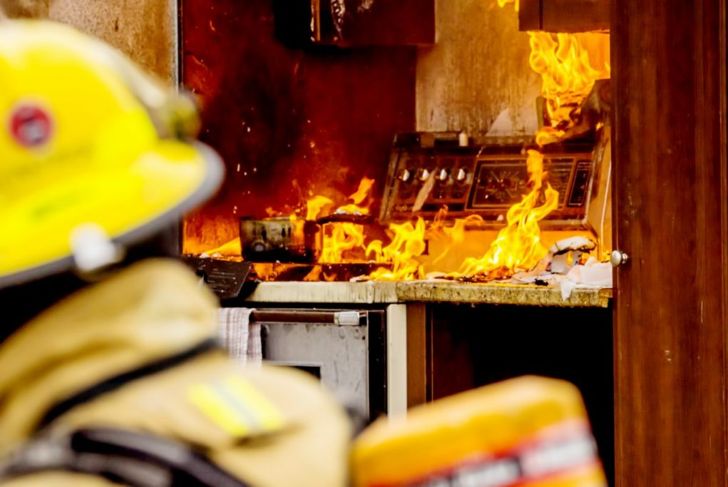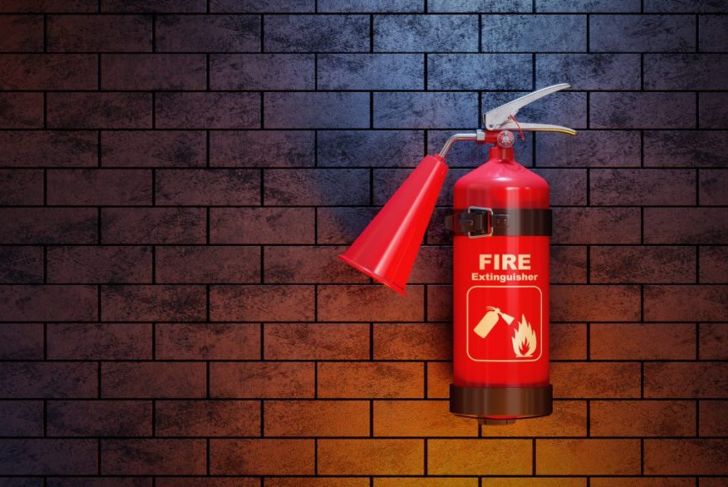A combustion reaction occurs when a compound and oxidant are reacted through the power of heat to produce a new product. The mixture always involves a molecular oxygen O2 and happens anytime something burns. Additionally, a combustion reaction usually releases light and creates a flame. However, this isn’t always necessary. Most of the time, a fire or match is used to initiate the activation energy is required and may produce enough heat until either oxygen or fuel depletes. There are many ways to explain and define combustive reactions, which may help in situations where survival skills are required.
Are Combustion Reactions Always Efficient?
Combustion reactions work like any other reactive process, whereas it isn’t always 100 percent efficient. This is a little-known fact when creating a combustive reaction. When creating combustion reactions, there are two ways of describing it, including complete combustions or incomplete combustions. Both of these burn differently and can explain the distinct types of fires that occur. Understanding the difference between the two can also help understand how to put out the different fires varying on how they work. It also helps understand the difference between a clean burn and one that harms the environment.
What is Complete Combustion?
Complete combustion is commonly referred to as clean combustion by most science and fire experts. When performing complete combustions, you perform oxidation of a hydrocarbon that will produce either air or carbon dioxide. This usually burns out the product, leaving little-to-nothing behind after the combustion reaction is complete. This is one of the more common combustions in household items since the idea is to develop clean air through the dissipation of the product via water vapor or carbon dioxide.
Examples of a Complete Combustion
Most items in your household that you ignite with a flame will be considered a clean combustion since these products shouldn’t leave your house filled with smog. This is where you will likely notice the difference between complete and incomplete combustion. For example, burning a wax candle is a complete combustion reaction. When you heat the wax candle, it will leave little smoke behind as it dissipates the wax and turns it into water vapor or carbon dioxide. Another example is a humidifier in your room, where it heats the water and turns it into water vapor.
What is an Incomplete Combustion?
Incomplete combustion is commonly referred to as “dirty combustion” given the high amount of smog produced. Most items that are considered an incomplete combustion have harmful impacts on our ozone layer and are considered the reason behind global warming conditions. These are greenhouse gases that get trapped in the atmosphere and cause significant impaired breathing conditions. Often, the process of incomplete combustion involves hydrocarbon oxidation that produces either carbon or carbon monoxide as well as carbon dioxide. This process includes soot that releases into the air and is usually visible in heavy density.
Examples of Incomplete Combustion
Today, there are still several types of fuel-sources that we burn that can be considered a dirty combustion to most. The most popular example is burning coal or wood, which creates a lot of soot and carbon monoxide that can wreak havoc on the environment. Another real-world example would be the burning of fossil fuels, such as oil and gas products. When you burn these products, they release waste products into the air and can be visible to most.
Example of Incomplete Combustion in Nature
Outside of human-made incomplete combustions, nature itself has several incomplete combustions that can have detrimental impacts on the environment as well. The most popular example is a volcano eruption. Most volcanos erupt wildly and unpredictably mainly due to its primary fuel source, magma from the core of the earth. When a volcano erupts, the incomplete combustion creates a devastating volume of soot that can cause poor breathing conditions for weeks and, at times, even months.
Examples of Complete Combustion in Nature
Complete combustions frequently happen in nature and can be a primary example in wildfires in forests. Wood fires are part of a complete combustion, even though it creates large clouds of smoke. The trees are ignited using a heat source, flames, and then the oxygen helps it to grow. Once the fuel source or oxygen levels deplete, the combustion reaction ends, leaving extraordinarily little waste product behind.
Benefits of a Complete Combustion
There are many key benefits to a complete combustion that can be dated back to the start of human civilization. Making campfires to generate heat is a great example. However, there are many other monumental uses for a complete combustion that can help advance civilization. Scientists are working with the chemistry of complete combustion to help improve energy conversion and transportation. The implications of our current use of incomplete combustion on the environment have shown a steady decline in the livability of our planet. They continue to work on projects where high-tech combustion technology can eliminate all dangerous emissions and associated health hazards.
Detriments of Incomplete Combustion
Incomplete combustions continue to wreak havoc on our environment so much that is has been a constant discussion for decades. When incomplete combustions like burning coal and fossil fuels were introduced to the world, scientists had little knowledge of how detrimental they could be to our civilization. Over the years, scientific discoveries continue to astound the community. Incomplete combustions can increase the rising global temperatures at a much quicker rate, which could cause complications in the future for many. This is why many scientists are looking to replace incomplete combustions with better complete combustion alternatives.
Combustion Reactions are Everywhere in Life
Combustion reactions are found both in nature and from human-made devices as both incomplete and complete combustions. Knowing how a combustive response form is essential as it helps you understand the results of your actions.

 Home
Home Health
Health Diet & Nutrition
Diet & Nutrition Living Well
Living Well More
More